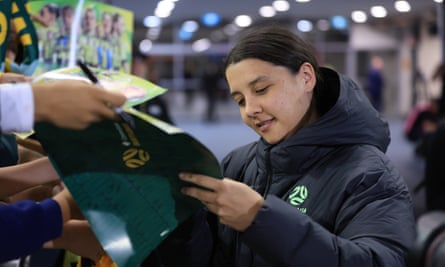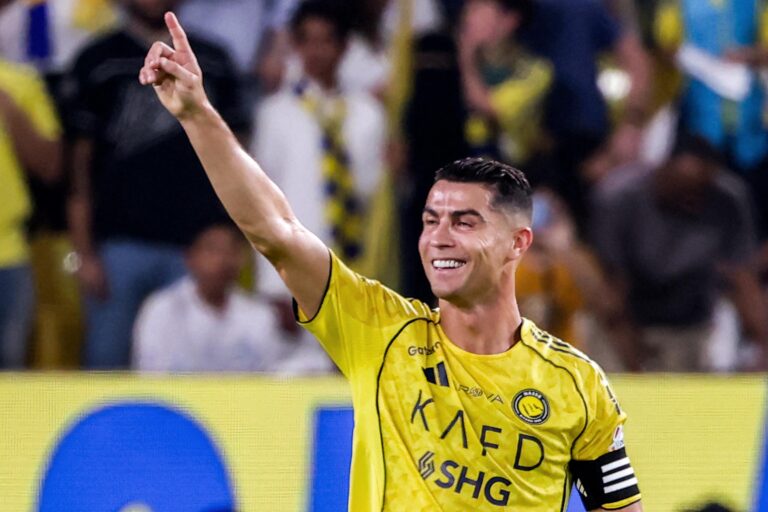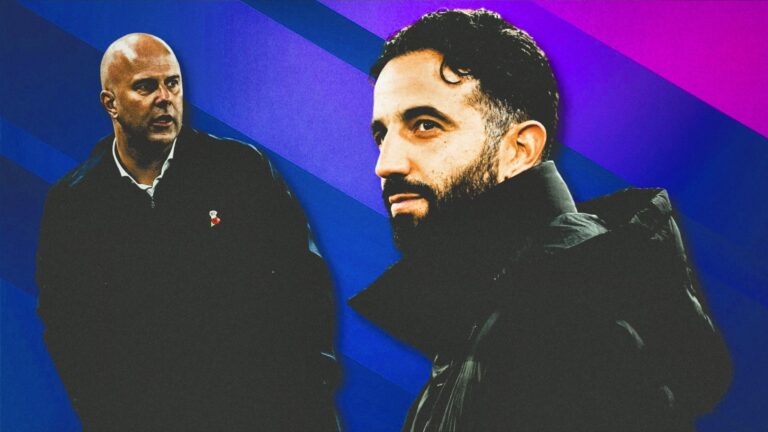
Waking up to the news of Mary Fowler’s early exit from Manchester City’s FA Cup semi-final defeat to Manchester United earlier this week, after the forward’s right knee gave way while she stretched out to receive a pass, Australian football clung to the club’s interim coach Nick Cushing’s initial reaction of “not fearing the worst.” Surely, with the world increasingly at the 22-year-old’s feet, the footballing gods could not be so cruel as to cut her down now, right? Not with a Women’s Asian Cup on home soil on the horizon? But Australian and Mancunian fears have since been realised, with confirmation the attacker has ruptured an anterior cruciate ligament.
Setting aside the ramifications for club and country, it’s a significant personal blow for Fowler. The road back from an ACL injury is a long one, filled with lonely rehabilitation sessions spent in the trainers’ room, away from the pitch and teammates. Yet Fowler must now head down that path just as she was rising to a new, world-class level.

Nonetheless, every player’s return is unique and while some can see their rehabilitation blow out for an extended period – Kerr’s recovery from her ACL is now into a 15th month – others can return to the field at a relatively rapid pace. Ellie Carpenter was back on the pitch just eight months after she ruptured her ACL with Lyon and, like the right-back, Fowler has youth on her side. So while it needs tempering, there’s also reason for hope.
When Football Australia does finally end their tortuously lengthy hunt for a new coach – the job is likely Joe Montemurro’s if he wants it – that figure will have to plan for an Asian Cup without the services of Fowler and prepare a contingency for her absence. As difficult as it has been for successive Matildas’ coaches to properly harness Fowler’s skillset, you don’t just find another player with the same and plug them in. You look, to steal a line from Moneyball, to find a way to replace her output.
Nothing is ever certain with ACL injuries, but the return of Kerr to lead the line should help. It will take some time for the Matildas captain to find form and fitness, and at 31 she’s at the tail-end of her prime, but Kerr was one of the most feared strikers in the world for a reason before her long stint on the sidelines. Especially if the Matildas can help Kerr facilitate her all-around attacking play rather than simply use her as a battering ram, she should remain an elite weapon. And while they would no doubt prefer to be reaching for the paracetamol, Fowler’s injury does spare a new coach, for now, a headache of trying to fit Fowler, Kerr, Caitlin Foord, Hayley Raso and Holly McNamara into one cohesive lineup.
after newsletter promotion
McNamara’s young career has been blighted by injury, but her importance to the Matildas now becomes magnified. The 22-year-old has emerged as Kerr’s heir apparent this season, leading the A-League Women with 14 goals despite being limited to just eight starts as she returns from a third ACL injury. While her future looks most likely to be in the nine role, she can play as a mercurial facilitator in a dynamic, interchanging attack – the sort that can help the Matildas maximise their strengths as a rapid, purposeful side that devastates in transition.
None of this, however, is ideal. One of Australia’s football’s brightest talents is set for a spell on the sidelines. The hope is that by the time the Asian Cup rolls around, The Wind Cries Mary.




